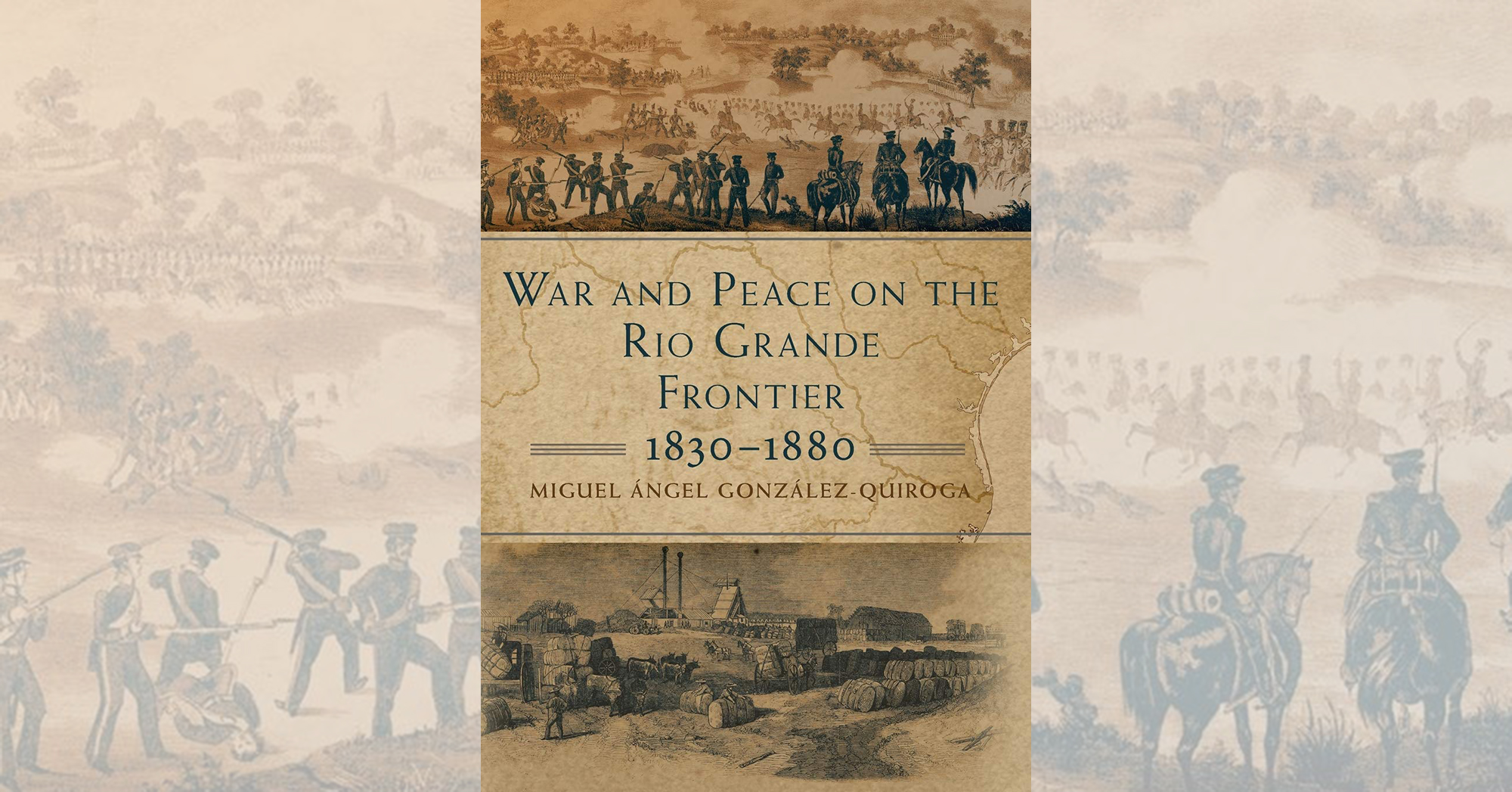War and Peace on the Rio Grande Frontier, 1830–1880, by Miguel Ángel González-Quiroga, University of Oklahoma Press, Norman, 2020, $50
In this regional history, Vol. 1 the University of Oklahoma Press’ New Directions in Tejano History series, Miguel González-Quiroga, a history professor at the Universidad Autónoma de Nuevo León, Mexico, describes the interconnections that developed between southern Texas and northeastern Mexico between the 1830s and ’80s. He examines not only the military history of the intermittent border conflicts that bloodied the Rio Grande, but also the trade and financial connections that drew the territories and their inhabitants into a mutual collaboration.
How many people outside of Texas know, for example, that the Mexican commander of the 33rd Texas Cavalry Regiment, Santos Benavides, was later elected a mayor of Laredo and a member of the Texas Legislature? How many know of José Evaristo Madero Elizondo’s activities during the American Civil War, before grandson Francisco I. Madero became a prominent figure of the Mexican Revolution? Balancing the intercourse against the hostilities, the author concludes Tex-Mex relations over that half century were more often friendly than not, a reality further consummated by the marriage in San Antonio of Roberta Ord, daughter of Maj. Gen. Edward Ord, with General Jerónimo Treviño, her father’s Mexican co-belligerent against the Lipan Apache.
The ancient Romans called their borders limes, which means “roads.” That is exactly what Quiroga sets out to prove in his book—that even during the American West’s most violent half century the Rio Grande was as much a pathway to peace and cooperation as a silent witness to war, as much a crossroads to unite as a divider of adjoining people and nations. Readers should find his arguments compelling.
—Thomas Zacharis
This post contains affiliate links. If you buy something through our site, we might earn a commission.





